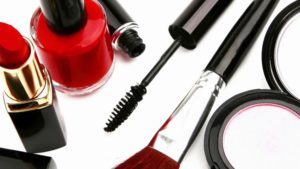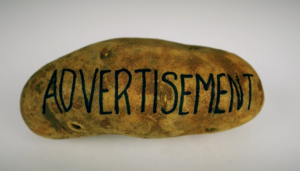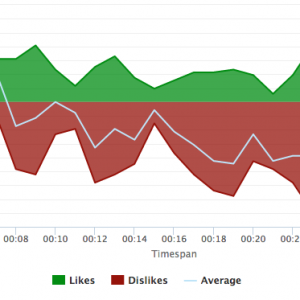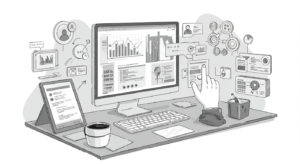Secrets To Actionable Insights
“Begin with an end in mind.”
– Stephen Covey, author, 7 Habits of Highly Effective People
Ad testing is a science, and good science starts with verifiable hypotheses. In commercial ad testing – where you have time and budgetary constraints, your hypotheses not only need to be verifiable, they need to be actionable. Actionable hypotheses lead to actionable insights.
Let’s examine some secrets and techniques market research insiders use to ensure that their tests are actionable.
Write down your assumptions: The first step is brainstorm and write down assumptions you made on your spot. For instance:
-We picked this highly paid actor who costs $1.5 million more than a generic one because we think he’ll sell more products than a lesser known and cheaper alternative actor.
Turn your assumptions into verifiable hypothesis: Good hypotheses state the purpose of your research and identify what variables are used. They need to be logical, concise, and most importantly, they should be testable. For example: “A higher percentage of respondents in Spot with Famous Actor A will say they are ‘very likely’ or ‘somewhat likely’ to purchase the product after watching the spot than those in spot with Unknown Actor B.”
With this hypothesis, you’ve identified the purpose of your test (to compare Actor A and Actor B), the variables (Actor A and B), and testable factor (likelihood to purchase).
Design your survey: Directly address your hypothesis with your survey. Include “How likely are you to purchase Product X after watching the commercial?” in your survey.
Fielding: To avoid having to produce the spots, you can use animated storyboards with voice over for the test. You’ll need two groups of participants of similar demographic spread, Storyboard A with Famous Actor A, and storyboard B with Unknown Actor B. To minimize biases, storyboard A and storyboard B should be identical except the variables (Famous Actor A, Unknown Actor B), and participants should answer the same survey questions.
Analysis: It’s important to test your results for statistical significance. For example, at 300 participants for each spot, 87% for spot A and 85% for spot B is not significant at 95% confidence. That means that while spot A scored 2% higher than spot B, statistically, they scored the same at 95% confidence.
Act: Assuming you received 87% for spot A and 85% for spot B. This means Famous Actor A performed as well as Unknown Actor B in likelihood to purchase. Given the additional $1.5 million price tag for actor A, you can now cast Actor B and save on production costs.
Spot Trender is a world-class ad-testing service. We’ll work closely with you to scientifically test your storyboards, all the way to your post-production spots for you to make data-driven decisions. We’d love to hear from you. Contact us today.







